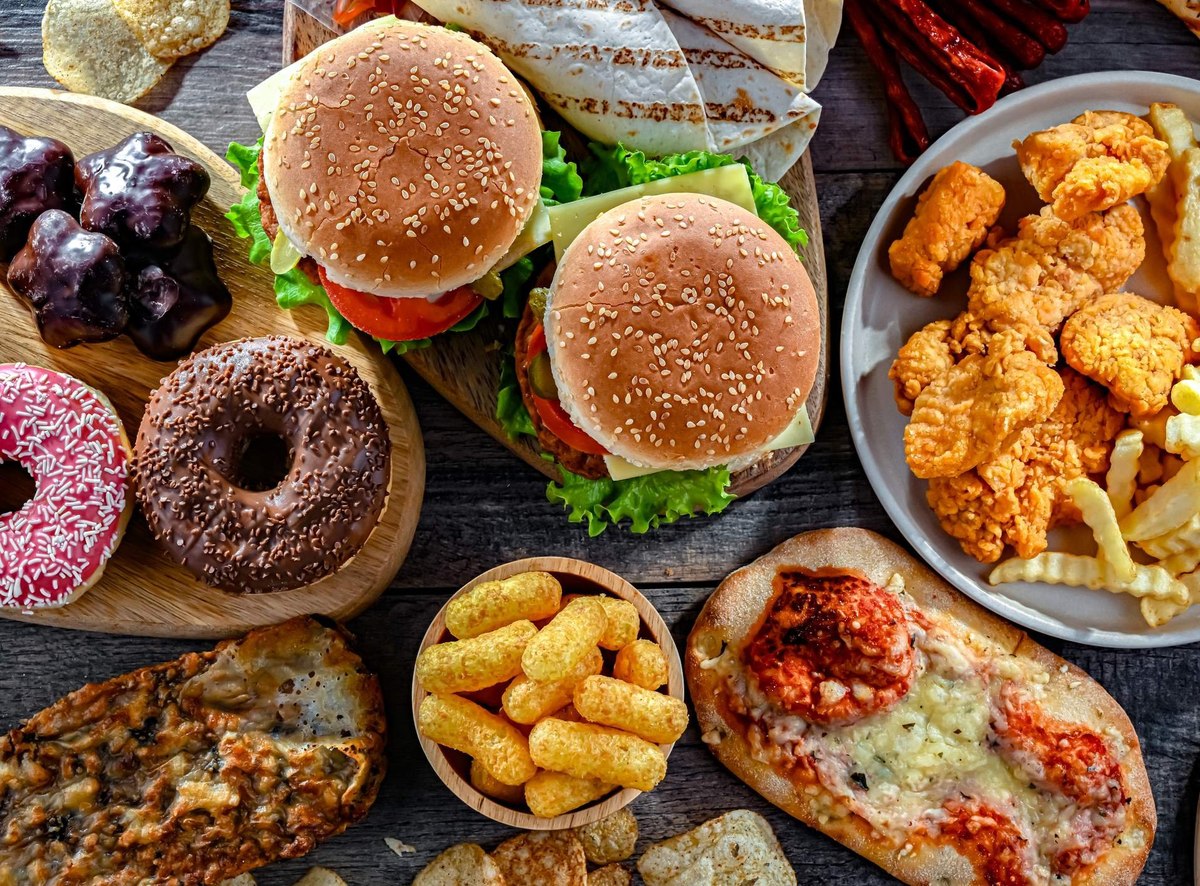
Americans recognize unhealthy foods; what drives them to keep eating?
Studies have found that eating unhealthy food is linked to a variety of health problems. But what exactly do Americans consider unhealthy, and why do they indulge despite knowing the potential downsides?
A recent YouGov survey shows that nearly four in five US consumers (79%) say foods high in sugar are unhealthy, followed by high in saturated or trans fats (74%), and high in calories but low in nutrients (71%). Deep-fried (70%), fast food (68%), and salty snacks (68%) are also rated as unhealthy by a majority of respondents.
Additionally, women are more likely than men to consider these categories unhealthy, with significant differences for deep-fried foods (75% vs. 65%), fast food (72% vs. 65%) and processed foods (72% vs. 63%).
The allure of unhealthy choices
So why do Americans continue to indulge in these unhealthy foods, despite knowing they are bad for them? Data indicates that taste is the primary driver when asked about chips (65%), candies (58%), sodas (49%) and fast food (39%). The variety of flavors offered by these foods is a significant draw (33% chips, 30% candies, 20% sodas and 17% fast food).
Convenience also plays a role, especially for fast food, with 45% citing ready availability and 31% ease of preparation as reasons for consumption. While cost is a factor, it is less significant than taste and convenience, with 10% saying they eat chips because they’re cheaper, 5% for candy, 7% for soda, and 18% for fast food.
Checking the label: How many do it?
Only 15% of US consumers say they always read the nutrition labels on food and drink products such as candy, chips, carbonated drinks/soda, or cookies, whereas a combined 57% reported that they read them most of the time or sometimes. This suggests that a significant majority of US adults are at least aware of the nutritional information on the foods they consume. And this awareness suggests an impact on purchasing decisions with 71% of US consumers saying that they have reconsidered a food or drink purchase after reading the label in the past 90 days.
Should unhealthy food be advertised to children?
There is a strong debate about marketing unhealthy foods to children. While more than half of US adults (53%) agree that advertising unhealthy food and drinks to children should be banned, a significant portion (38%) disagree.
Younger consumers are more likely to support a ban, with 57% of 18–29-year-olds compared to 45% of those 65 and older agreeing.
Explore our living data – for free
Discover more FMCG content here
Want to run your own research? Run a survey now
Make smarter business decisions with better intelligence. Understand exactly what your audience is thinking by leveraging our panel of 26 million+ members. Speak with us today.
Methodology: YouGov polled 1000 US adults on June 28, 2024. The survey was carried out through YouGov Surveys: Self-serve. Data is weighted by age, gender, political affiliation, education level and region. Learn more about YouGov Surveys: Self-serve.
Image: Getty Images